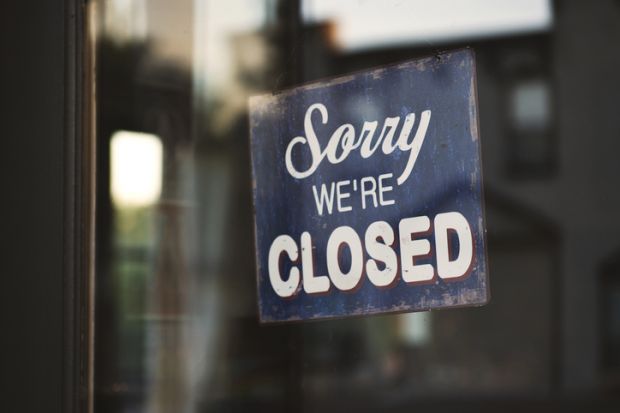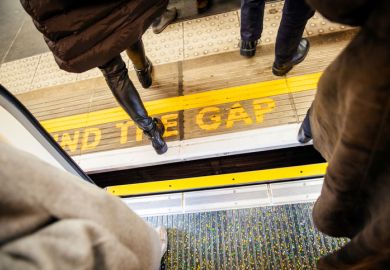The huge increase in higher education participation in the past 25 years has failed to open up the UK’s top universities to poorer students, according to a new report.
The Sutton Trust said progress in closing access gaps between state and independent school pupils has not translated into significantly more equal representation of poorer young people at elite institutions.
Its report combines several data sources to examine how higher education access changed between 1997 – when the newly elected Labour government led by Tony Blair set out its priorities as “Education, education, education” – and 2022.
Mr Blair’s goal for 50 per cent of young people to attend university was met in 2017, although it was recently called “one of the great mistakes of the last 30 years” by the current prime minister, Rishi Sunak.
In an analysis of figures compiled by dataHE, the Sutton Trust said overall access for young people who attended state schools has improved over this time, with state school students making up 90 per cent of students going into English universities in 2020, compared with 82 per cent in 1997.
And it found that the proportion of the student population from areas with the lowest historic participation in higher education increased from 7 per cent to 12 per cent.
However, the gap in entry rates between the highest and the lowest participation areas has shrunk by only 2 percentage points since 2006.
The Sutton Trust said the proportion of “missing” state school pupils, those who had the grades to access the country’s 30 most selective universities but did not get places, did not improve between 2004 and 2020.
And it found similar trends across members of the Russell Group, which have a share of students from disadvantaged backgrounds that is considerably lower on several measures: state school students, students from a low socio-economic groups and those from lower participation areas.
The Sutton Trust says these trends highlight the scale of the challenge for the next government to ensure that young people from all backgrounds have fair opportunities to fulfil their potential.
The social mobility charity says the unequal access that more advantaged young people have to study at the most prestigious institutions helps to maintain their advantage in the labour market.
Sir Peter Lampl, founder and chair of the Sutton Trust, said successive governments have deprioritised education since 1997, at the expense of the least advantaged young people.
“It’s the better-off of those state school pupils whose opportunities have improved, but progress for the least advantaged is disappointing,” added Sir Peter.
“Efforts by government, universities and the Sutton Trust over many years to improve access for these youngsters have been running to stand still, against growing educational and economic inequalities.
“In order to improve young people’s life chances, education must be prioritised through sustained investment and focus on closing the attainment gap.”
The study also revealed major regional disparities in access to higher education, as well as by ethnicity.
The Sutton Trust is calling for universities to make greater use of contextual offers, and for more fundamental change to close the education attainment gap earlier on in life.
Register to continue
Why register?
- Registration is free and only takes a moment
- Once registered, you can read 3 articles a month
- Sign up for our newsletter
Subscribe
Or subscribe for unlimited access to:
- Unlimited access to news, views, insights & reviews
- Digital editions
- Digital access to THE’s university and college rankings analysis
Already registered or a current subscriber?








